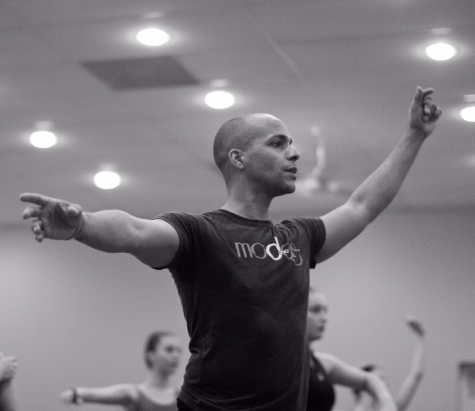Mental Health in the Dance Industry
Competitive dancing is not all about rhinestones, costumes, and makeup. There is so much more than one may see or think.


The competitive lifestyle and expectations affect dancers’ mental and physical health. There are many unrealistic beauty standards set for dancers which include a perfect body shape, how flexible you are, and overall how good you are as a dancer. Dancers are constantly seeking validation from judges and teachers. They are also constantly comparing themselves to others and self-criticism. “In my experience, dancers are often forced to see their flaws first because their flaws may cost them a win, approval from the coach, or even a job. I remember my coach telling me that I should feel like I am the hardest working person in the room, and if I feel that someone is better, I should dance right beside them and learn everything I can from them to improve myself”. States Robert T Muller, a former student at the Joffrey Ballet School in New York, talking about his experiences of being a competitive dancer. Dancers are perfectionists and will do whatever it takes to better themselves and make themselves stand out against others.
According to the owner of Performing Dance Arts in Canada, Ashley Daycheck states that this issue begins early in a dancer’s life: “Kids become perfectionists at a very young age, and it’s very difficult to manage that as they get older. Dancers come from a place of saying yes to everything, which can become physically and mentally exhausting”. Dancers not only have to be in excellent physical shape, but they also have to be in excellent mental shape as well. As a competitive sport, dance has a large impact on stress levels. Dancers tend to become hard workers with determination to better themselves and stand out. But this leads many dancers to strive for unrealistic physical goals. For example; if your leg can’t go as high as the dancer’s leg right next to you, then you don’t work hard enough. Dancers are constantly pushed and they are also forcing their bodies to the max, which can lead to severe injuries.
With constant practices and rehearsals, family commitments, and school commitments, dancers are exhausted mentally and physically. Dance requires stamina, endurance, and flexibility. It involves physical exertion and skills. There is a harsh physical demand when it comes to the dance industry. You must show musicality, technique, performance, and energy. Judges are very picky about how you carry yourself throughout performances. Even the smallest mistakes can cost you. Most of the time competitive dance is a team sport, so you must show sportsmanship and teamwork to be successful. “Due to the nature of the sport, even small mistakes can cost dearly in competition. Practice occurs in front of the mirror while receiving real-time corrective modifications by teachers”. Explains Duncan Cooper, a well known master dance educator and choreographer. Duncan also guest teaches all over the U.S and internationally.

Even with all the downsides of competitive dance, it can teach many valuable life lessons. These lessons include teamwork, problem solving, commitment, sportsmanship, and dedication. These are all important traits to have to be successful. In the dance world, even the smallest mistakes can cost you. But these mistakes are required to learn and better yourself. These dedicated dancers strive for perfectionism in everything that they do.





